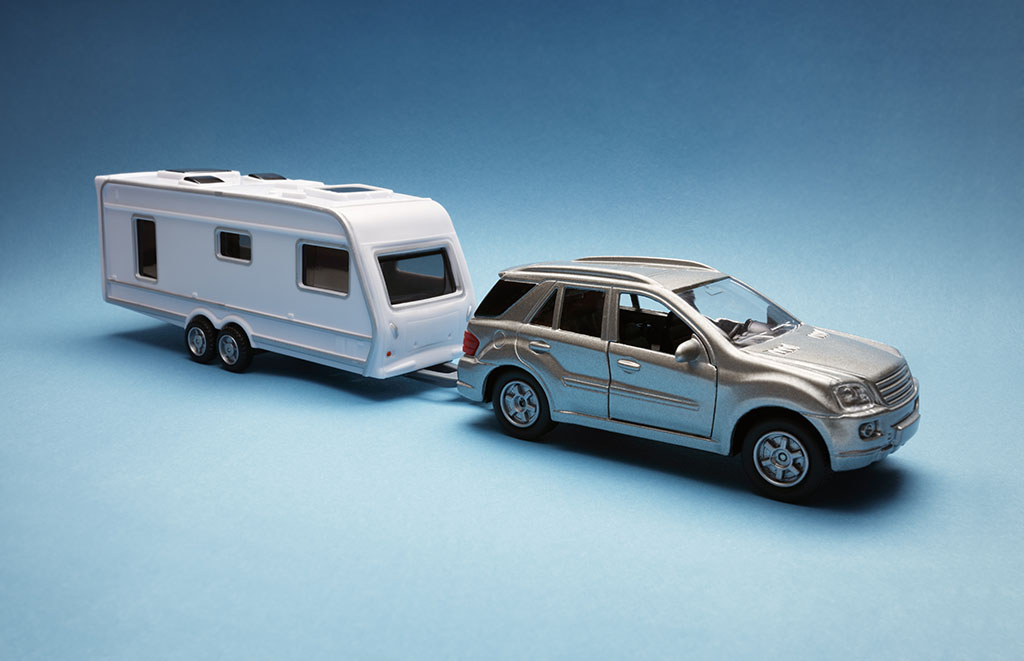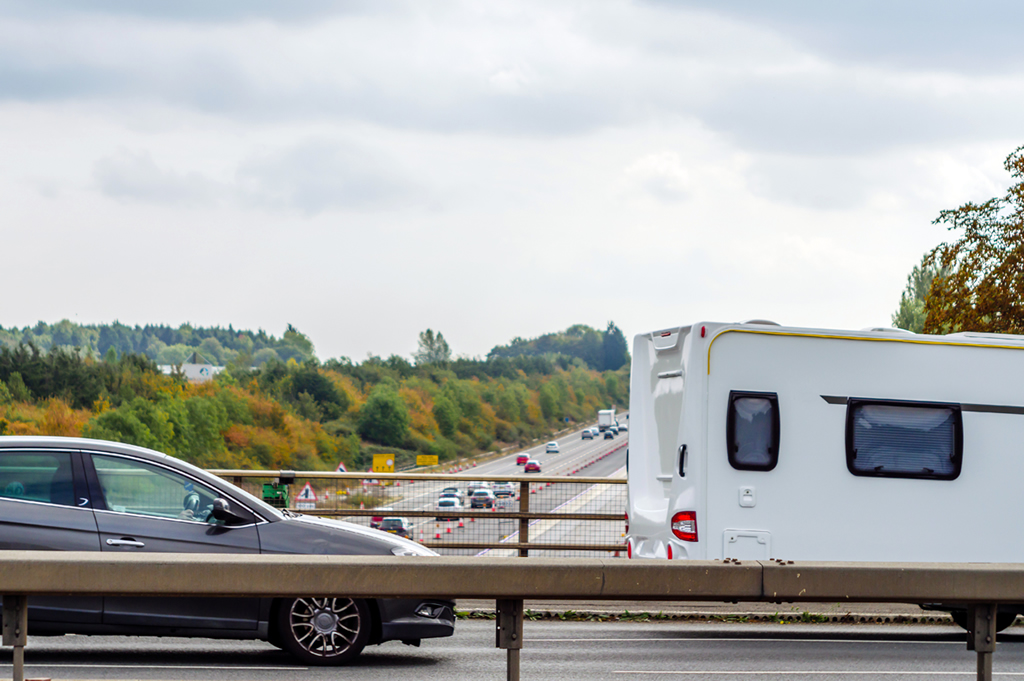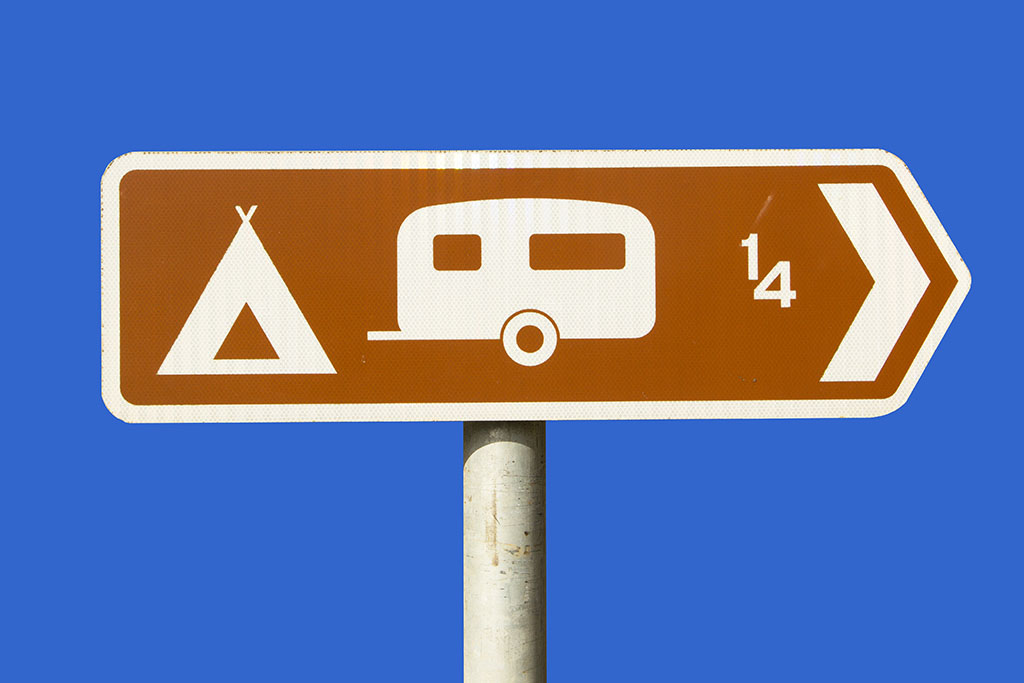
Caravan ownership is on the rise in the UK, particularly after the pandemic when domestic holidays and ‘staycations’ became increasingly popular; NCC figures show that there are currently more than a million caravans and motorhomes in the UK. If you’re one of the many people looking to buy a caravan, then you’ve probably heard of the CRiS number – a seventeen-digit identification number all caravans have, but what does this number mean? If you’re new to caravanning it can all seem quite confusing, so we’ve put together a simple guide to help you decode this mysterious number.
What Is A CRiS Number?
CRiS stands for Caravan Registration and Identification Scheme, but it is also often referred to as the VIN, the Vehicle Identification Number that your car has. The CRiS uniquely identifies your caravan and gives information about who made the caravan, the country in which it was manufactured, the year it was made, and the serial number. It will also tell you how many previous owners the caravan has had.
All caravans manufactured since 1992 will automatically be registered with the CRiS database, but pre-1992 caravans can also be added to the register.
Do You Have To CRiS Register Your Caravan?
If you’re buying a new caravan, the dealer will already have registered it and you’ll get the certificate within a few weeks. If you’re buying second-hand, you should get a CRiS Registration document with the caravan you need to fill in.
If you own a pre-1992 caravan or are thinking of buying one, you can still apply for the caravan to be CRiS registered.

What Are The Benefits Of CRiS Registering A Caravan?
The CRiS is a valuable security check for both dealers and buyers, for the following reasons:
If the caravan is stolen it can make it easier for the police to confirm who the registered owner is.
It makes it a much more straightforward process if you ever want to sell your caravan in the future.
You may need to produce a CRiS Touring Caravan Registration Document if you ever need to make an insurance claim.
If you travel abroad with your caravan you may need your CRiS Registration Document to prove ownership.
When you’re buying a caravan, you know you’re getting a valuable security check, including finding out if it’s previously been written off, or stolen, or if there’s any finance still outstanding on it.
Where Can You Find The CRiS Number On A Caravan?
The CRiS number is usually stamped on the chassis, often on the A-frame, you can also find it etched onto the windows, on the bottom, right-hand corner. Post-2016 caravans also have a sticker on the window that has a QR code that you can scan using an app on your smartphone, this enables you to access the CRiS number, model, weight etc. The seller should also provide a CRiS document.
Decoding The Numbers
You can also use the CRiS number to check the details of a caravan yourself. For example, the CRiS number SGBS000BYA1234567 can be broken down like this:
SGBS000BYA1234567 SG = Manufactured in the UK
SGBS000BYA1234567 B = Make of the caravan is Bailey
SGBS000BYA1234567 S = Number of axles (S=Single, T=Twin)
SGBS000BYA1234567 000 = Optional manufacturer’s data (e.g. caravan model)
SGBS000BYA1234567 BY = Manufactured by Bailey
SGBS000BYA1234567 A = Year of manufacture (e.g. A= 2010)
SGBS000BYA1234567 1234567 = Caravan serial number
The codes are explained further here.

There are lots of reasons why a CRiS check is useful, particularly if you’re buying a pre-owned caravan, and you can get more advice from the CRiS website. It’s also worth checking out Caravan Insurance; 4000 caravans are stolen each year, and caravan theft rose by 50% in 2020, at the height of the pandemic, but there’s also the risk of damage, whether that’s while out and about or when it’s not in use and just parked up on your driveway.
The Insurance Emporium has three different levels of cover that you can tweak with a range of Optional Benefits, so why not take a look and get a free, no-strings quote today?
All content provided on this blog is for informational purposes only. We make no representations as to the accuracy or completeness of any information on this site or found by following any link on this site. We will not be liable for any errors or omissions in this information nor for the availability of this information. We will not be liable for any loss, injury, or damage arising from the display or use of this information. This policy is subject to change at any time.
We offer a variety of cover levels, so please check the policy cover suits your needs before purchasing. For your protection, please ensure you read the Insurance Product Information Document (IPID) and policy wording, for information on policy exclusions and limitations.


